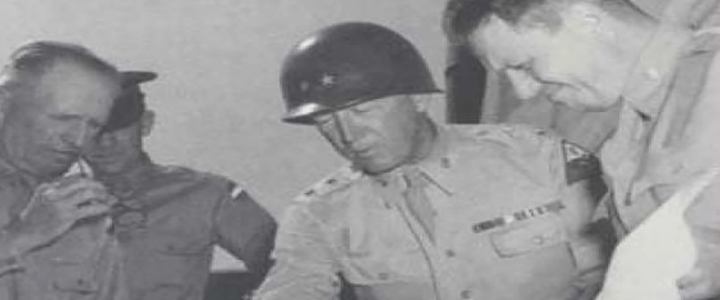As General Patton pushed his Divisions across North Africa and Europe, he demanded results oriented activity…. Not just any activity, but valuable activity, demanding his leaders fight as a team to accomplish extraordinary tasks, utilizing ingenuity, flexibility, audacity and achieving rapid results. Would Patton have had an appreciation for Agile?
What is Agile Management?
As you transition from the service, you may consider project management as a career, as it closely relates to military operations and planning, just using different vocabulary. Traditional project management methods are generally a standardized and sequential process. There will always be a need for traditional project management. Managing projects in this method can be daunting because late problem discovery often requires significant rework.
If you’ve spent time with a software development community, you are probably familiar with development techniques like Agile and Scrum. If not, it is worth noting that Agile is quite different from traditional project management. It is an iterative and collaborative process with the team rapidly delivering high value, customer driven solutions. Agile practitioners speak their own language, using such terms as User Stories, Sprints, Epics, Themes and Retrospectives. Therefore, knowing some Agile techniques can be of great benefit to a traditional project manager when the environment is not conducive to long term, up front planning.
Agile Management – a Natural Progression for You in the DoD Environment
Iterative planning and execution can be especially useful in the DoD environment. How many times have you heard leaders say “That is not what I am looking for!” When asked “What do you want?”, a frequent response is “I’ll know it when I see it!” In fact, this response is so common some Agile thought leaders have coined the acronym IKIWISI.
Agile was developed for an environment where there are many unknowns. Just like a cone of probability for a hurricane, planning becomes more precise as you progress through time and unknowns are resolved. This is a key tenet of Agile.
In 2001, a group of thought leaders put together the Agile Manifesto. This manifesto is a value statement which has many parallels to the military method of getting things done. Let’s see if the Agile methodology is compatible with General Patton’s audacious leadership style.
| Agile Manifesto Vs. Traditional Military Methods | |
| Agile Value Statement from 2001 | General George Patton and the Agile Military Correlation |
| Individuals and interactions over processes and tools
Working together in self-directed, collaborative teams is essential and drives motivation and iterative solutioning. |
“An Army is a team! It lives, sleeps, eats and fights as team. Individual heroism is horse shit!”
Through teams, we succeed! |
| Working software over comprehensive documentation
Bottom line, get something working as soon as possible, rather than just present documents to clients |
“If you tell people where to go, but not how to get there, you’ll be amazed at the results.”
Do something, even if it is wrong. Adjust fire as necessary. |
| Customer collaboration over contract negotiation
Requirements cannot be fully collected at the beginning of a project, therefore continuous customer or stakeholder involvement is very important. |
“Never tell people how to do things. Tell them what to do and they will surprise you with their ingenuity.” And “If everyone is thinking alike, then somebody isn’t thinking.”
Communication and innovation are keys to success! |
| Responding to change over following a plan
Agile approaches use continuous improvement to develop quick responses to change. |
“A good plan, violently executed now, is better than a perfect plan next week.”
Change is imminent and we will know more as we proceed! |
Agile practitioners provide value by listening to the voice of the customer and quickly delivering high value solutions. Patton was a genius at this. His customer was the American people and bringing the war to a quick close was his value driven goal.
If your projects are challenged and/or your leaders are demanding quick action, maybe you should employee some Agile techniques. What’s in your kitbag?




